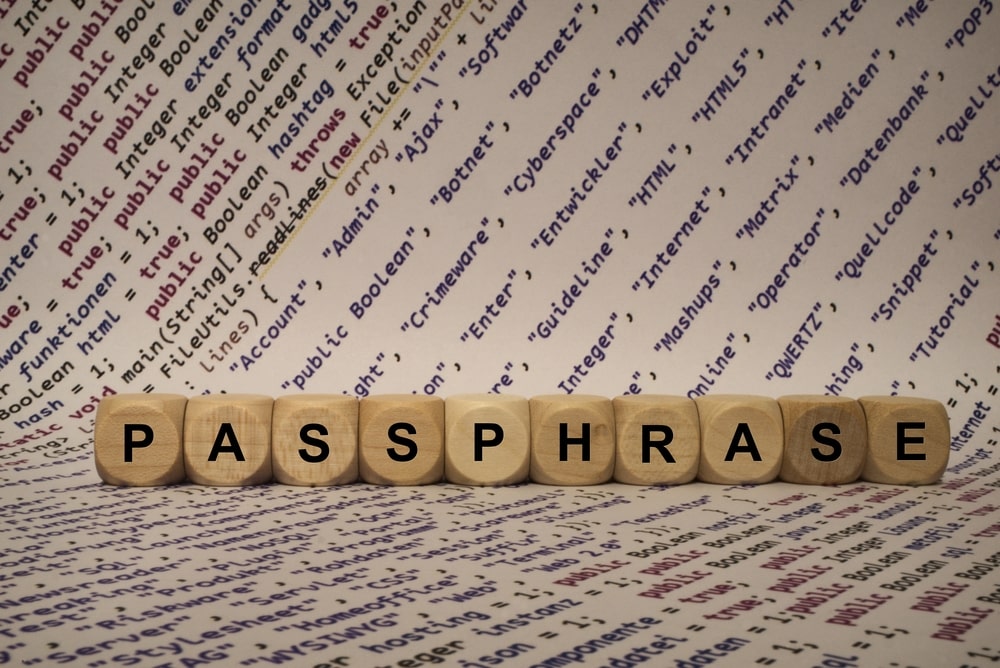Replacing passwords with passphrases is a good way to increase the security of your accounts, as passphrases are longer and more complex than typical passwords. Here are some steps to follow:
- Choose a long phrase: A passphrase is a sequence of words that you can remember easily. You can choose a phrase that has meaning to you, but it should be at least 12 characters long. Longer phrases are even better.
- Mix it up: You should include uppercase and lowercase letters, numbers, and symbols to make your passphrase even stronger. For example, instead of using “The quick brown fox jumps over the lazy dog,” you can use “Th3qu!ckBr0wnF0xJump$0v3rTh3L@zyD0g”.
- Use different passphrases for different accounts: You should use a different passphrase for each of your accounts. This way, if one of your accounts is compromised, your other accounts will still be safe.
- Don’t use common phrases: You should avoid using common phrases that are easy to guess or are widely used. For example, “IloveYou” or “password” are not good passphrases.
- Keep your passphrase secret: You should never share your passphrase with anyone, and you should avoid writing it down. If you need to write it down, keep it in a secure place, like a safe or a password manager.
By following these steps, you can create strong and secure passphrases to protect your accounts. Remember, it’s important to choose passphrases that are easy to remember but hard to guess.


